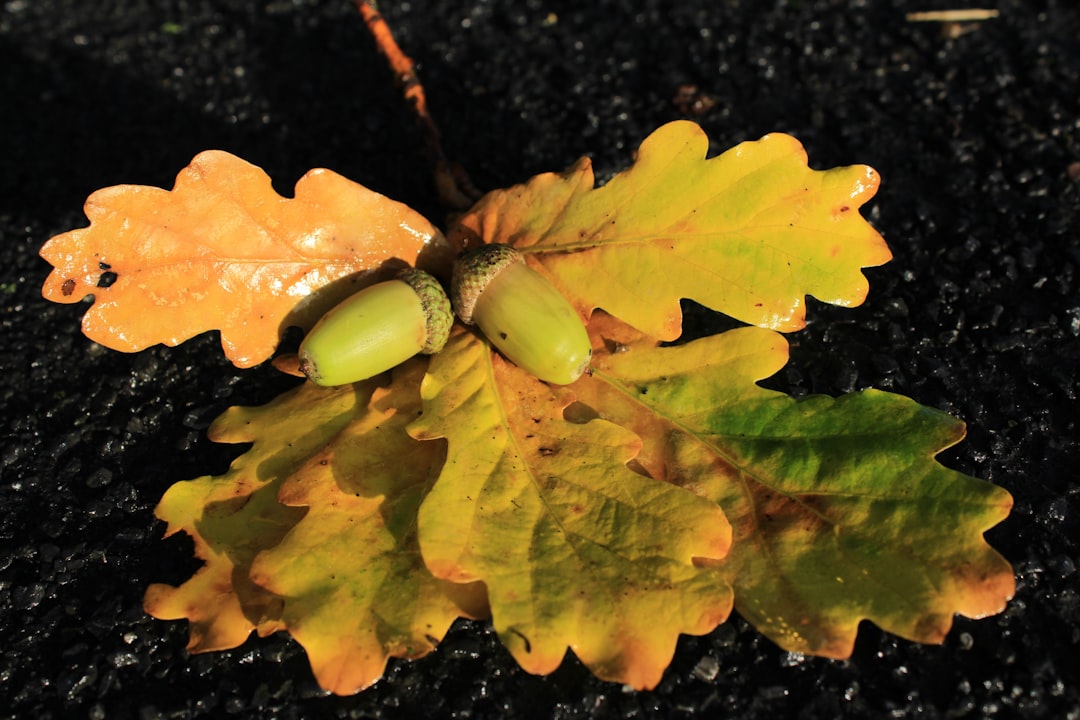The Hidden Gems for Your Landscape: Deer - Resistant Groundcovers

When it comes to gardening, especially in areas where deer are a common presence, finding the right plants can be a challenge. However, there are some remarkable deer - resistant groundcover plants that not only keep the roving herds at bay but also add a touch of beauty to your landscape with their vibrant flowers and lush foliage.
One of the top choices among these groundcovers is the Ajuga reptans, also known as bugleweed. This plant forms a dense mat of foliage that spreads quickly, making it an excellent option for covering large areas. Its leaves come in various colors, including green, bronze, and purple, adding visual interest even when it's not in bloom. In the spring, Ajuga produces spikes of blue, purple, or white flowers that rise above the foliage, creating a striking contrast. Deer tend to avoid Ajuga because of its slightly bitter taste and tough texture. It thrives in partial to full shade and can tolerate a wide range of soil conditions, as long as it is well - drained.
Another great deer - resistant groundcover is the Sedum species. Sedums are succulent plants that store water in their leaves, making them drought - tolerant and low - maintenance. There are many different types of sedums, from the low - growing Sedum spurium to the taller Sedum spectabile. The low - growing varieties are perfect for edging pathways or filling in gaps between larger plants. They have fleshy, colorful leaves that can be green, blue, or red, and they produce clusters of star - shaped flowers in the summer. Deer usually stay away from sedums because of their thick, waxy leaves and somewhat pungent smell. Sedums prefer full sun and well - drained soil, and they can even tolerate poor soil conditions.
Epimedium, commonly known as barrenwort, is also a wonderful addition to a deer - resistant garden. This plant has delicate, heart - shaped leaves that turn bronze or red in the fall, adding seasonal interest. In the spring, Epimedium produces small, spurred flowers in shades of white, yellow, pink, or purple. The flowers dangle gracefully from arching stems, creating an elegant display. Deer are not attracted to Epimedium because of its bitter taste and tough foliage. It grows well in partial to full shade and prefers rich, moist, and well - drained soil. Epimedium is a slow - growing plant, but once established, it can form a beautiful groundcover that lasts for many years.
Heuchera, or coral bells, is another popular deer - resistant groundcover. These plants are known for their colorful foliage, which can range from lime green to deep purple. The leaves are often ruffled or lobed, adding texture to the landscape. In the summer, Heuchera produces tall spikes of small, bell - shaped flowers in shades of pink, white, or red. Deer typically avoid Heuchera because of its slightly hairy leaves and bitter taste. Heuchera thrives in partial shade and well - drained soil. It can also tolerate some drought once established, making it a versatile choice for different garden settings.
When planning your deer - resistant groundcover garden, it's important to consider the overall design and layout. You can mix and match different types of groundcovers to create a diverse and visually appealing landscape. For example, you can combine the low - growing Ajuga with the taller Sedum spectabile to create layers of color and texture. You can also plant Epimedium under the shade of larger trees, where it will thrive and add a touch of elegance. Additionally, make sure to provide proper care for your groundcovers, such as regular watering, fertilizing, and pruning, to ensure their health and vitality.
In conclusion, these deer - resistant groundcover plants offer a practical and beautiful solution for gardeners dealing with deer problems. By choosing the right plants and creating a well - planned landscape, you can enjoy a garden full of color and life without having to worry about deer damage. So, go ahead and start incorporating these amazing groundcovers into your garden today!